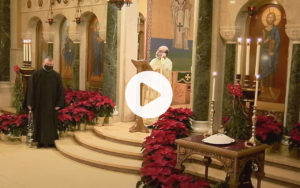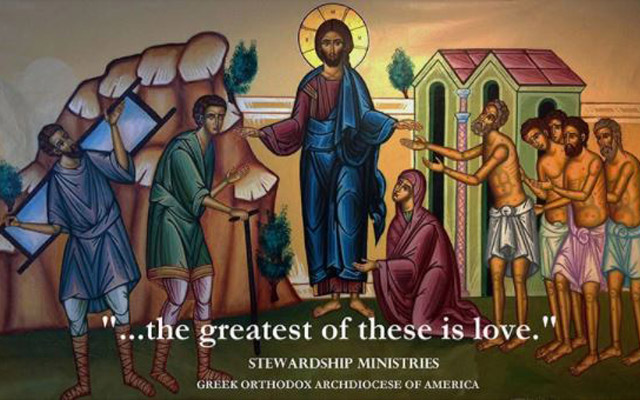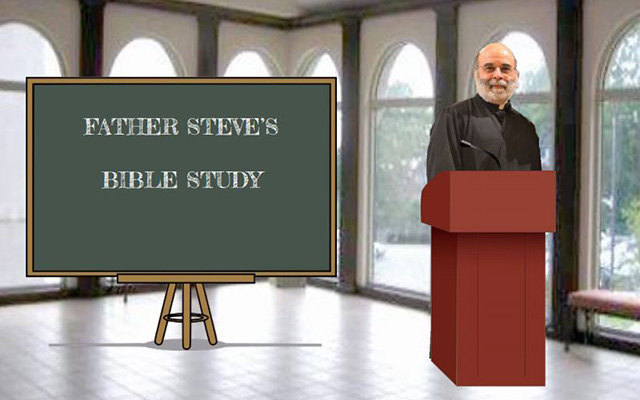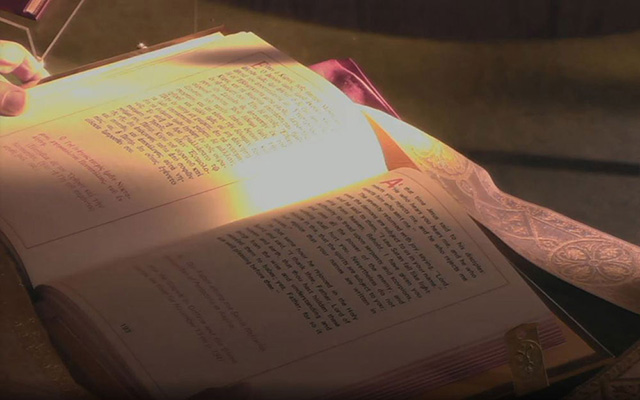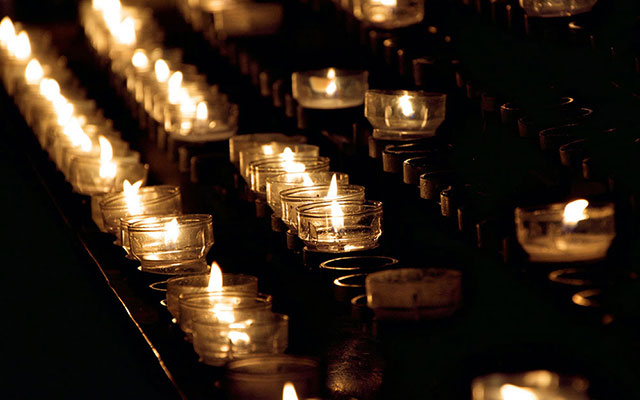The Second Day of Christmas. Mary, Did You Know? The Winter Pascha
By Presvytera Vassi Haros There are hundreds of Christmas songs and hymns. They come in all different shapes and sizes and they range from fun to reverence. You may have heard of a song titled, “Mary, Did You Know?” It’s about the amazing things Jesus did and questions if Mary knew after giving birth that her son would: walk on water, bring the dead to life, give blind men sight, heal the lame… “Did you know


